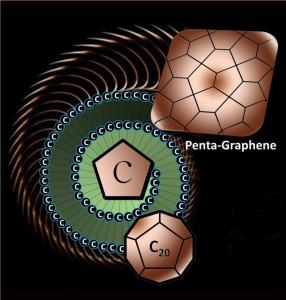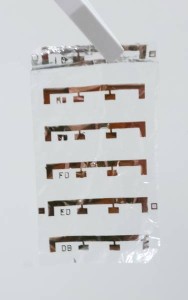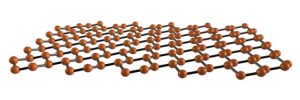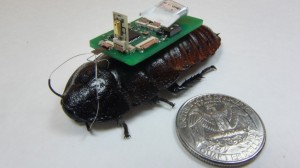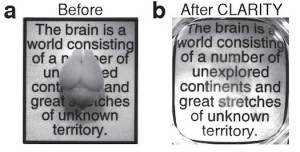
A mouse brain before and after it’s been made transparent using CLARITY.
Image: Kwanghun Chung and Karl Deisseroth, Howard Hughes Medical Institute/Stanford University
Researchers in the biomedical sciences, such as bioelectrochemistry and biomedical engineering, work every day to create new processes and technology that will better the lives of all. The scientific community is recognizing one expert – Karl Diesseroth – for his two innovative techniques that are now widely used to study Alzheimer’s disease, autism, and other brain disorders.
Disseroth has just been awarded the Lurie Prize in Biomedical Sciences for his achievements in the advancement of brain research technology. Disseroth is the pioneer behind a process called CLARITY and the technique called optogenics. In case you missed them, here’s a brief recap:


